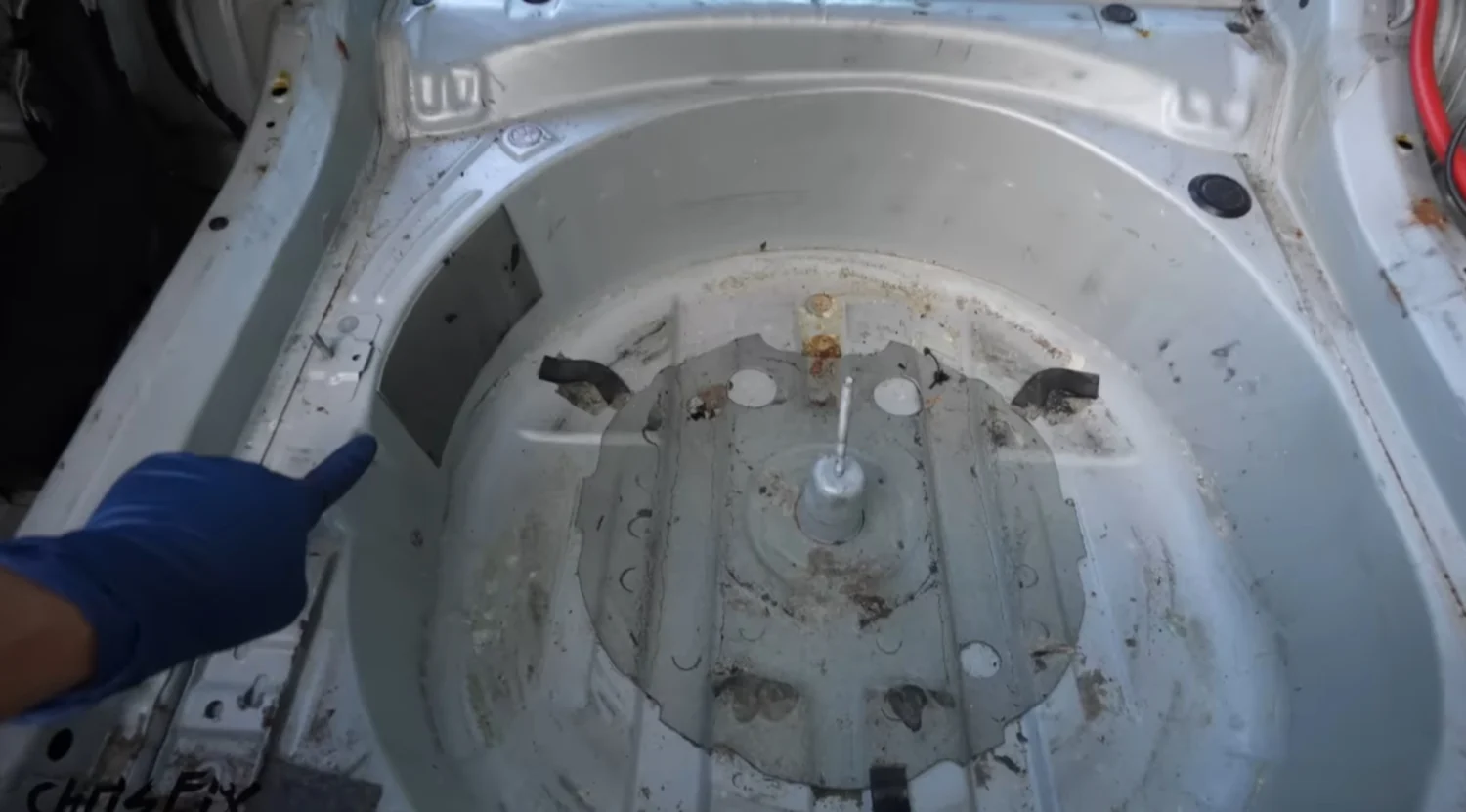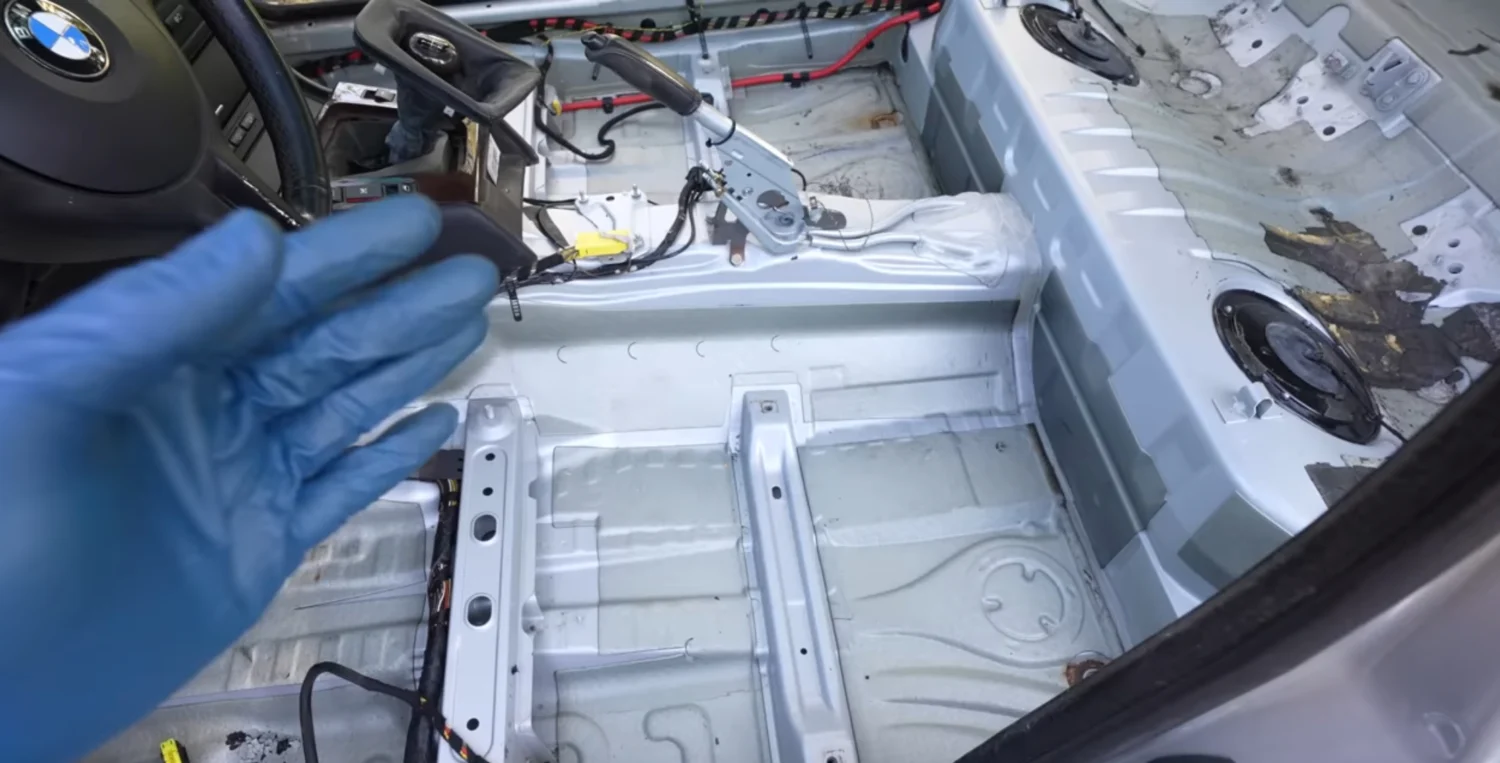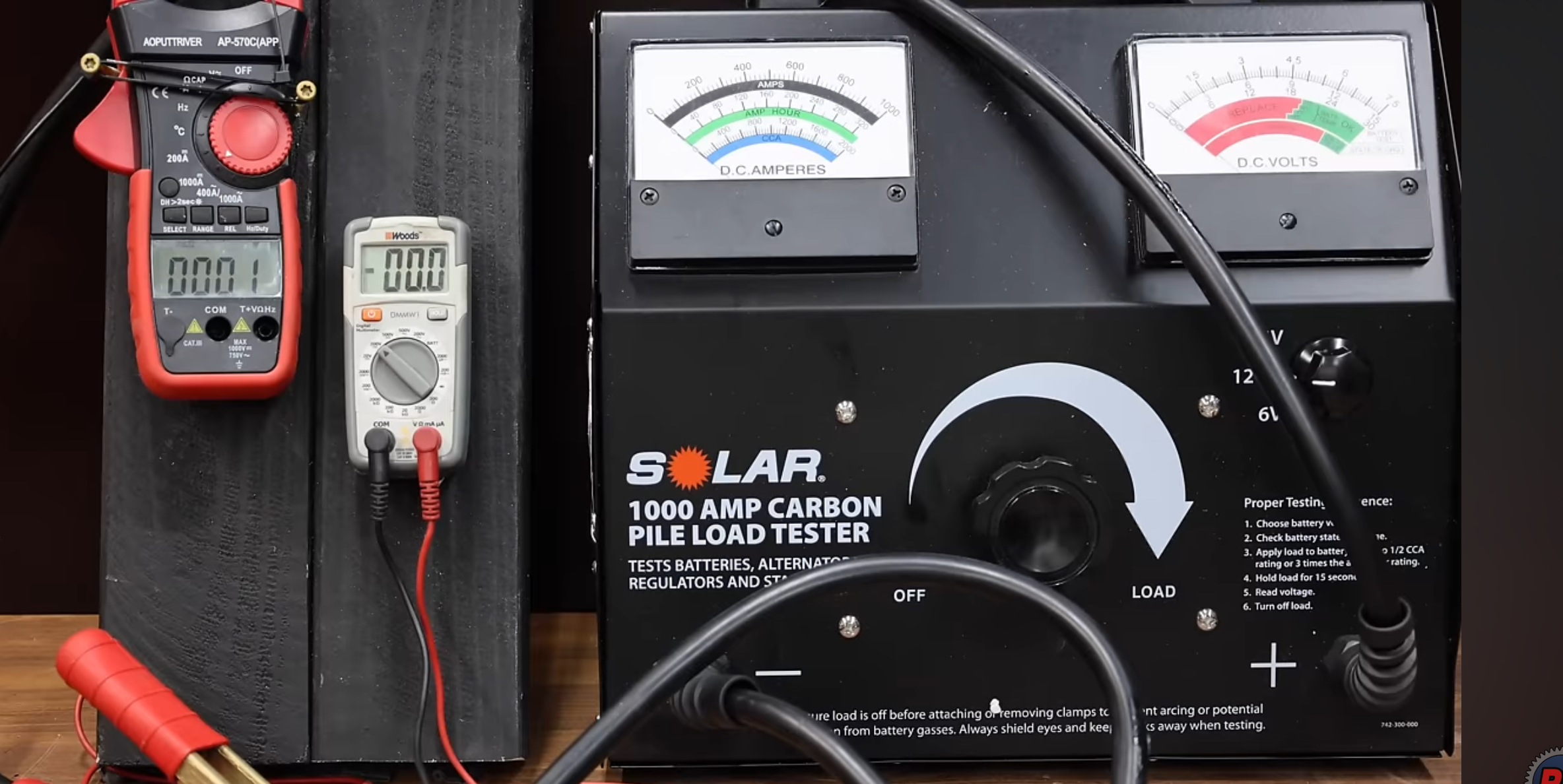ChrisFix, the go-to YouTuber for DIY car enthusiasts, took his E46 BMW on a fascinating journey of weight reduction, transforming the vehicle into a leaner, faster machine. This wasn’t just a typical day in the garage; it was a full-scale teardown aimed at improving performance for an endurance race. The goal? To show just how much weight you can realistically remove from a car while keeping it functional, and perhaps even under the coveted 3,000-pound mark.
The video started with the motivation behind the project: reducing weight to improve acceleration, braking, and handling during a grueling 16-hour endurance race. Plus, the car needed to be fully gutted to accommodate a custom roll cage. Armed with professional race scales and a GPS unit for performance testing, Chris embarked on a systematic breakdown of his car’s components. Every part removed was carefully weighed, and its impact on the car’s total weight meticulously calculated.
Baseline Testing: The Starting Point
Before tearing into the car, ChrisFix set a benchmark with a 0-60 mph acceleration test and a braking test. Launching the car consistently at 4,500 RPM, the 250,000-mile BMW averaged 6.8 seconds in the sprint. While respectable for an older car, the braking test results were less impressive. The car needed 170 feet to stop from 60 mph, underscoring the urgency for weight reduction and eventual brake and tire upgrades.
With the preliminary tests complete, it was time to weigh the car. Tipping the scales at 3,370 pounds with a quarter tank of gas, the car had a long way to go to hit ChrisFix’s ambitious goal of shedding over 370 pounds.

Tearing It Down: Seat Removal and Trunk Clearing
The first step was removing the car’s seats, always a significant source of weight. Unsurprisingly, the driver’s and passenger’s seats were 65 pounds each, packed with safety reinforcements, electric motors, and airbags. The rear bench and backrests added another 50 pounds, bringing the total seat weight to 180 pounds. Replacing them with a single 30-pound racing seat immediately saved 150 pounds.
Next, the trunk was gutted. Out went the 45-pound OEM battery, replaced by a compact 25-pound alternative salvaged from a junkyard. The spare tire, jack, floor panels, and a jumble of wiring brought the total trunk weight savings to 75 pounds. Not a bad start for just two areas of the car.
Plastic Trim, Carpets, and Sound Deadening
Interior plastic trim pieces, while seemingly lightweight on their own, added up to 25 pounds when completely stripped. Even the center console, carefully removed for resale, weighed a surprising 8-10 pounds. Combined with 25 pounds of seat belts and rear speakers, this stage alone brought the car’s weight down to 3,043 pounds.

Then came the carpets, a revelation in unexpected heft. BMW’s thick carpets, with their insulating layers, tipped the scales at 45 pounds. Sound deadening material, painstakingly removed using dry ice to freeze and chip it away, contributed another 25 pounds of savings. ChrisFix explained the technique in detail, noting the importance of safety precautions like ventilation when working with dry ice.
Headliner, Sunroof, and Dashboard
Moving upward, the headliner and sunroof came next. The sunroof’s 32 pounds of glass, metal, and motors were swapped for a 2-pound fiberglass delete panel, shedding 30 pounds while improving the car’s center of gravity. The headliner itself weighed 8 pounds, further proving how small components can add up.

The dashboard teardown targeted the passenger airbag, radio, and climate control systems. This phase accounted for an additional 15 pounds, with the promise of even more savings once the glove box and steering wheel airbag could be removed post-roll cage installation.
Final Results and On-Track Performance
After removing over 430 pounds, the BMW now weighed in at a svelte 2,940 pounds. Back at the track, the changes were immediately apparent. The car’s 0-60 mph time dropped to 5.97 seconds, breaking the six-second barrier with ease. Braking distances improved significantly as well, shortening to 140 feet—a full 30-foot reduction.

ChrisFix’s excitement was palpable as he described how the lighter weight made the car feel faster, more agile, and noticeably more responsive. While the transformation was dramatic, he pointed out that additional components like door cards and excess wiring could still be removed to shave off even more pounds.
Conclusion: The Power of Weight Reduction
This video wasn’t just an experiment in performance; it was a masterclass in the practical benefits of weight reduction. From acceleration to braking to handling, every aspect of the car’s dynamics improved. ChrisFix’s methodical approach and detailed explanations made it accessible for anyone looking to optimize their own vehicle, whether for racing or simply for fun.
For more DIY projects, racing adventures, and automotive tips, check out ChrisFix’s YouTube channel at ChrisFix. Follow him on Instagram, Twitter, and Facebook for updates, quick tips, and behind-the-scenes content. ChrisFix’s videos are an invaluable resource to help you save money, learn new skills, and have fun along the way!






